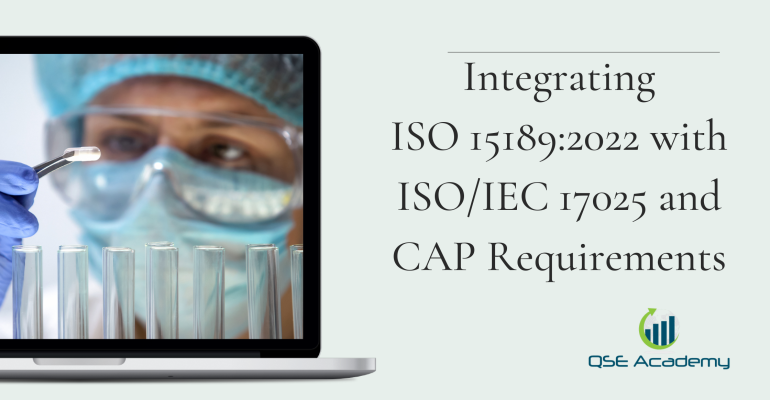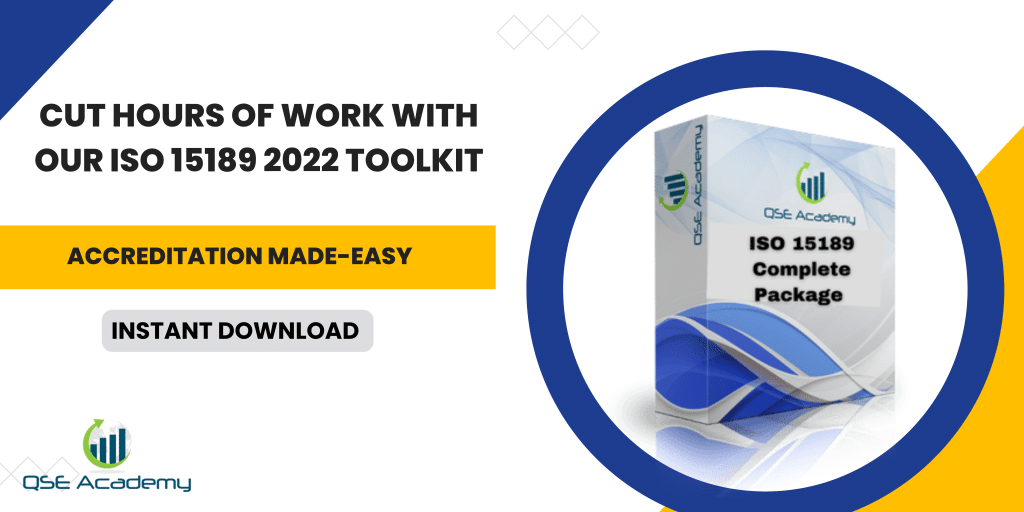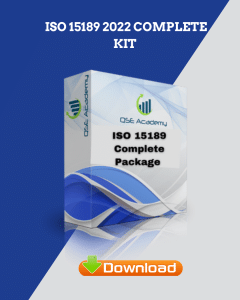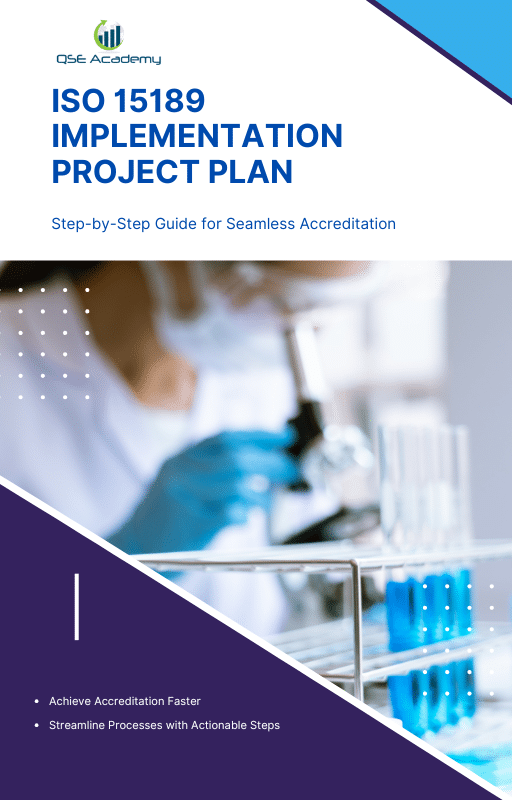Integrating ISO 15189:2022 with ISO/IEC 17025 and CAP Requirements
Last Updated on October 22, 2025 by Hafsa J.
Why Integration Matters for Modern Medical Laboratories
Here’s what I’ve noticed working with multidisciplinary laboratories: many teams are juggling multiple standards at once—ISO 15189 for clinical accuracy, ISO/IEC 17025 for testing and calibration, and CAP for patient safety and medical quality. On paper, it sounds efficient. In practice? It’s often three times the paperwork, three times the audits, and three times the stress.
The truth is, these frameworks aren’t competing—they’re complementary. When you integrate them into a single quality system, you remove redundancy, simplify workflows, and make compliance smoother for everyone. Instead of managing three different manuals or audit programs, your lab operates from one structured system that covers them all.
In my experience, labs that take this integrated approach not only pass audits more easily but also improve overall consistency, staff understanding, and risk control.
In this guide, I’ll show you how to connect ISO 15189:2022, ISO/IEC 17025, and CAP into a unified system—so your lab can focus less on juggling documents and more on delivering reliable, high-quality results.
Let’s start by understanding what each of these standards actually brings to the table.
Understanding the Scope and Intent of Each Standard
To integrate multiple standards effectively, you first need to understand what each one is trying to achieve. While ISO 15189, ISO/IEC 17025, and CAP share common goals, their focus areas differ slightly—and that’s what makes integration both possible and powerful.
Here’s a quick breakdown:
-
ISO 15189:2022 focuses on medical laboratories. It ensures accuracy, reliability, and clinical relevance of patient test results. Its strength lies in competence, risk-based thinking, and patient-centered outcomes.
-
ISO/IEC 17025 is designed for testing and calibration laboratories. It dives deep into measurement traceability, method validation, and technical reliability—making it ideal for labs with calibration or analytical functions.
-
CAP (College of American Pathologists) emphasizes clinical quality and patient safety. It combines technical accuracy with medical oversight, inspection readiness, and continual quality improvement.
Even though they’re written differently, all three share the same DNA—competence, impartiality, traceability, and a robust quality management system.
Pro Tip: Think of ISO 15189 as the “clinical brain,” ISO 17025 as the “technical backbone,” and CAP as the “medical conscience.” Together, they form a complete framework for any modern laboratory.
Common mistake: Trying to run three separate systems. It leads to duplicated forms, conflicting records, and audit fatigue. The smarter move is to merge them into a single, streamlined structure.
Overlapping Requirements: Where ISO 15189, ISO/IEC 17025, and CAP Align
Once you line up the three standards side by side, something becomes obvious—they share far more similarities than differences. Each one is built on the same foundation of competence, consistency, and continual improvement. The trick is to recognize those shared elements and manage them through one unified system.
Here’s a quick look at their main areas of overlap:
| Core Element | ISO 15189:2022 | ISO/IEC 17025 | CAP |
|---|---|---|---|
| Quality management | Clause 8 | Clause 8 | QMS checklist |
| Personnel competence | Clause 6.2 | Clause 6.2 | Personnel qualifications |
| Equipment & calibration | Clause 6.4 | Clause 6.4 | Instrument verification |
| Risk management | Clause 8.5 | Clause 8.5 | QMS risk-based approach |
| Internal audit & management review | Clause 8.8 | Clause 8.8 | Self-inspection & review |
When you manage these areas together, you instantly reduce duplication. For example, one internal audit program can serve all three standards. The same management review minutes can cover performance indicators, CAPA effectiveness, and improvement goals.
Pro Tip: Create a “compliance crosswalk”—a simple table mapping how one procedure satisfies requirements across all three standards. It’s a lifesaver during multi-scheme audits.
Common mistake: Keeping separate binders for each accreditation body. Not only is it more work, but it also increases the risk of inconsistency. One system, one source of truth—that’s the goal.
Now that you know how much these frameworks share, let’s talk about how to merge them into one unified Quality Management System (QMS).
Building a Unified Quality Management System (QMS)
If you’ve ever managed multiple standards separately, you know how exhausting it can be—three different manuals, three sets of procedures, and constant version confusion. The good news? You don’t need three systems. You just need one QMS smartly designed to meet all three standards at once.
Here’s how to make that happen:
1. Start with a single Quality Manual.
Write one overarching document that references ISO 15189, ISO/IEC 17025, and CAP requirements. You can include a cross-reference table to show how each clause is covered.
2. Standardize your SOPs.
Most procedures—document control, calibration, training, internal audits—apply to all three standards. Write them once, and note which clauses they fulfill in the header or footer.
3. Centralize your records.
Keep one document-control system for all policies, procedures, and forms. That way, updates cascade automatically across every accreditation scope.
4. Integrate your CAPA and risk systems.
Nonconformities, corrective actions, and risk evaluations follow the same principles in all three frameworks. Manage them under one platform or register.
Pro Tip: When drafting SOPs, include a “Clause Reference” column that maps each procedure to relevant ISO 15189, ISO 17025, and CAP clauses. It shows auditors you’ve thought through integration.
Common mistake: Maintaining parallel manuals—one for ISO 15189 and another for CAP. It doubles your work and often leads to inconsistencies. A unified QMS is not only cleaner—it’s easier to explain during assessments.
Harmonizing Competence, Equipment, and Risk Management
Here’s where integration starts to show real value—when you bring together the technical and operational parts of your system. ISO 15189, ISO/IEC 17025, and CAP all expect strong control over competence, equipment, and risk management, but they approach them from slightly different angles.
Here’s how to make them work together:
1. Competence and Training
ISO 15189 focuses on clinical and diagnostic accuracy, while ISO/IEC 17025 emphasizes technical proficiency and calibration skills. CAP blends both with its emphasis on patient safety and oversight.
You can align them by creating one competence framework—covering qualifications, training, observation, and periodic re-evaluation for every role.
2. Equipment Management
ISO/IEC 17025 is stricter on measurement traceability, while ISO 15189 and CAP prioritize clinical reliability. Merge both by keeping one master equipment register that logs calibration, maintenance, and performance verification.
Include references to CAP’s instrument validation or proficiency testing requirements.
3. Risk Management
All three standards now use risk-based thinking. Create one central risk register that tracks technical risks (measurement accuracy), clinical risks (patient results), and operational risks (sample flow, staff workload).
This single register keeps everything visible and makes management review more meaningful.
Pro Tip: Use the “strongest” requirement as your baseline. For example, ISO/IEC 17025 has the most rigorous calibration requirements—adopt those universally so you exceed expectations across all frameworks.
Common mistake: Treating technical and clinical requirements as separate silos. Integrated systems perform better because everyone—from technicians to clinicians—works from the same definitions of accuracy, reliability, and risk.
Once your technical controls are aligned, the next big win comes from combining your audits and management reviews into one streamlined process.














